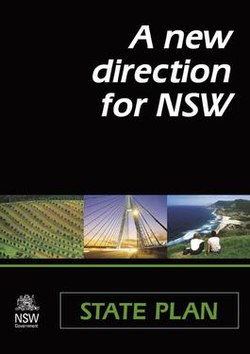Managing Submissions on the NSW State Plan


When the NSW State Government started consultation on their draft plan for the State, they expected to get a large volume of public submissions and feedback, across a huge range of issues. Thousands of people sent in written submissions and hundreds attended meetings and workshops right across the State. The NSW Premiers Department were glad Darzin was powerful in managing submissions. The data was sorted by portfolio topic – each of the portfolios the government deals with, from Police to Education to Health and more. The same data was also sorted by regional areas to identify priorities in each region.


This sorting of data and easy ability to slice and dice data in Darzin made it really easy when it came to developing the final plan and demonstrating how feedback had shaped that plan. Initially each of the Department heads and Ministers (politicians) were given a small snapshot of the comments on the issues they were responsible for in their portfolio, to give them a ‘flavour’ of the feedback. They found this information so interesting that they all asked for the full set of comments to read through. Darzin’s qualitative analysis function made this possible as they were given only the relevant comments (not the entire submission which might have been many pages long) or just a number telling them how many people had raised that issue. With Darzin the actual comment made by the stakeholder reached directly into the hands of the decision maker!
A few months later when it was time to start work on detailed plans for implementing the overall State Plan, the team were pleasantly surprised to discover yet another benefit of the data they had in Darzin. Before each regional meeting with key stakeholders such as Mayors of local councils, they ran a Darzin report showing priorities in that area and detailed comments for each of the issues raised from stakeholders in that area. The team told us at Darzin that it was incredibly powerful for relationship building as the stakeholders they met with were often able to identify their own comments in the reports and they were gratified that their comments had been kept and were now continuing to influence the process and outcomes. This went a long way towards overcoming the suspicion and scepticism many of the stakeholder had about the process and the Government’s willingness to genuinely consult and involve them in the decisions.

